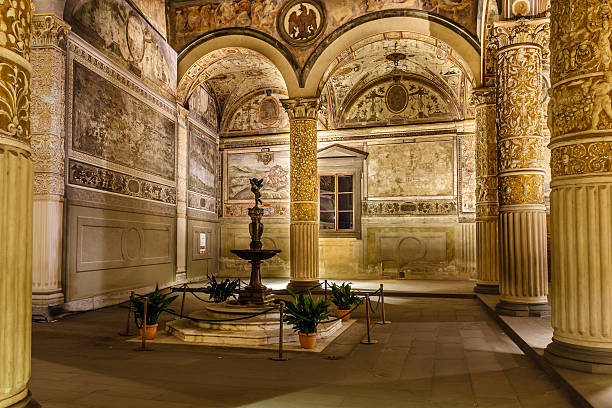
Rich Interior of Palazzo Vecchio (Old Palace) a Massive Romanesque Fortress Palace, Florence, Italy
Browse 7,100+ palazzo vecchio stock photos and images available, or search for palazzo vecchio maps or florence palazzo vecchio to find more great stock photos and pictures.

Rich Interior of Palazzo Vecchio (Old Palace) a Massive Romanesque Fortress Palace, Florence, Italy

Palazzo Vecchio with a blue sky in the background
![Palazzo Vecchio Clock Tower in Florence, aerial view of Palazzo Vecchio in Florence, Historically and Culturally Rich Italian Town Florence, Firenze - Aerial view of the city of Florence, Popular tourist destination in the world Florence is the capital city of the region of Tuscany in Central Italy. It is also the most populated city in Tuscany, with 360,930 inhabitants in 2023, and 984,991 in its metropolitan area.
The Palazzo Vecchio (Italian pronunciation: [paˈlattso ˈvɛkkjo] "Old Palace") is the town hall of Florence, Italy. It overlooks the Piazza della Signoria, which holds a copy of Michelangelo's David statue, and the gallery of statues in the adjacent Loggia dei Lanzi. palazzo vecchio stock pictures, royalty-free photos & images](https://media.istockphoto.com/id/1774531695/photo/palazzo-vecchio-clock-tower-in-florence-aerial-view-of-palazzo-vecchio-in-florence.jpg?s=612x612&w=0&k=20&c=DoRnaStVJgS41GR-1Ug__1GQhmw_GzF-QXDNS9l7eqc=)
Florence is the capital city of the region of Tuscany in Central Italy. It is also the most populated city in Tuscany, with 360,930 inhabitants in 2023, and 984,991 in its metropolitan area. The Palazzo Vecchio (Italian pronunciation: [paˈlattso ˈvɛkkjo] "Old Palace") is the town hall of Florence, Italy. It overlooks the Piazza della Signoria, which holds a copy of Michelangelo's David statue, and the gallery of statues in the adjacent Loggia dei Lanzi.

Morning view on fountain of Neptune on Signoria square in Florence. Concept of art and architecture of the italian renaissance
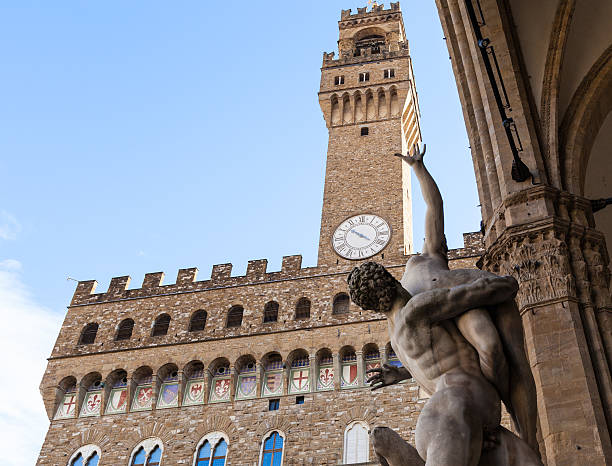
travel to Italy - sculpture The Rape of the Sabine Women and Palazzo Vecchio on Piazza della Signoria in Florence city.

Florence, Italy - June 24, 2018: Panoramic view of interior and arts of Palazzo Vecchio (Old Palace) is the town hall of Florence
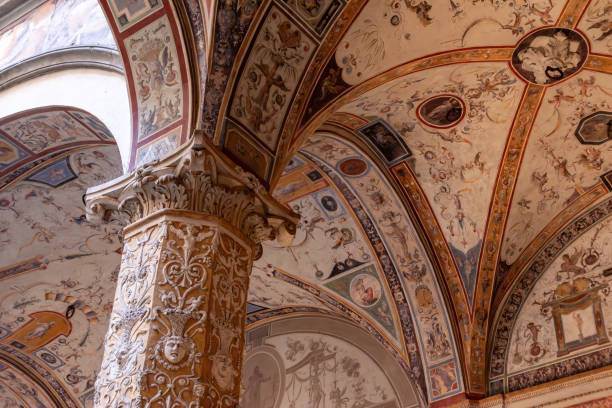
Wall frescoes of rich decorated courtyard of Palazzo Vecchio in Florence, Italy
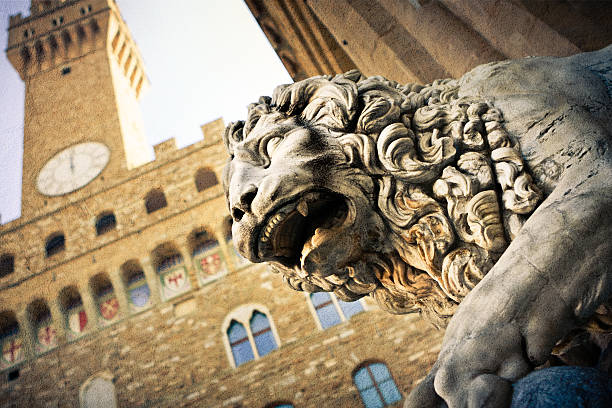
Elaborated image of the statue of a lion at the Loggia dei Lanzi in Piazza della Signoria in Firenze (Tuscany, Italy). On the background the magnificent Palazzo Vecchio. Grunge texture background added.

The Sala rossa, or Red Hall, of the Palazzo Vecchio in Florence, Italy.

high resolution and Long exposure panoramic view of Florence Skyline at Sunset with ponte vecchio and Santa Maria del Fiore Duomo. Italy
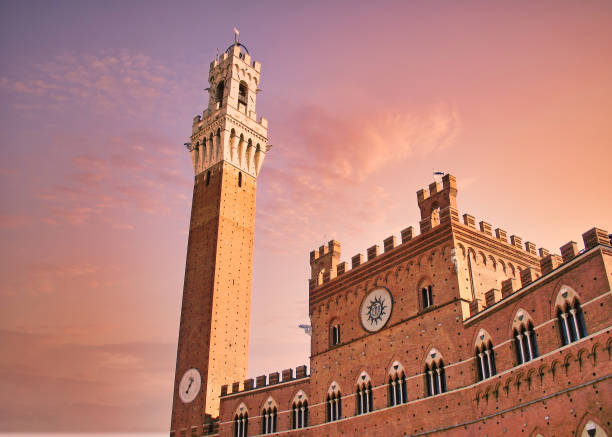
The tower of Arnolfo in the Palazzo Vecchio in Florence, Italy at sunset.

View of Palazzo Vecchio in downtown Florence, Italy day time
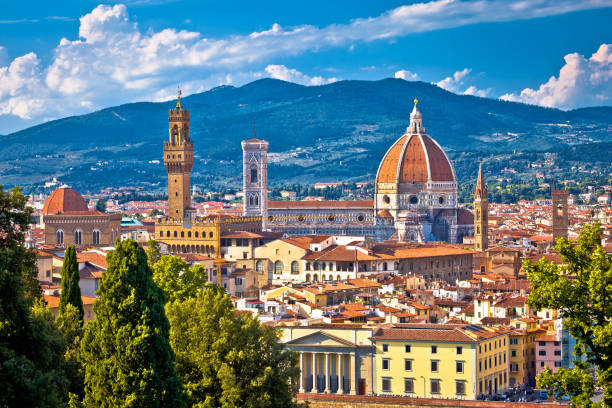
Florence rooftops and cathedral di Santa Maria del Fiore or Duomo view, Tuscany region of Italy

Florence, Italy - April 19, 2016: View to Palazzo Vecchio tower from internal courtyard, Florence, Italy

Florence, Italy skyline with landmark buildings over the Duomo.

Statue of Neptune, white marble, horses, stone wall, sky

Florence Italy historic town hall called Palazzo Vecchio in the main city square
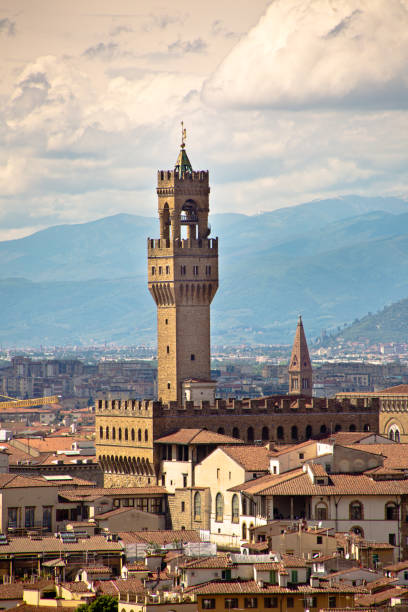
Palazzo Vecchio in the skyline of the City of Florence. A popular tourist attraction in the city.

Florence, Italy. Beautiful Tuscan travel destination with Palazzo Vecchio during twilight, Tuscany.
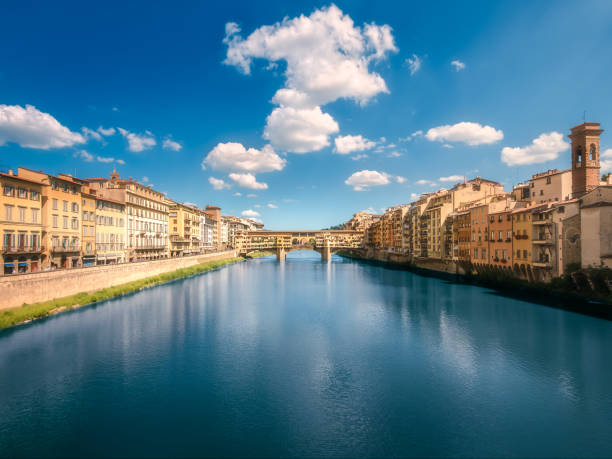
Panoramic view of Ponte Vecchio Bridge Florence with dramatic cloudy sky and reflection on river, Italy. Clipping path of sky

The Fountain of Neptune of Florence, located in Piazza della Signora, was designed by Baccio Bandinelli, but created by Bartolomeo Ammannati between 1560 and 1574

A striking view of the Palazzo Vecchio tower in Florence, Italy, framed by the surrounding historic buildings. The medieval architecture and iconic clock create a timeless scene under a cloudy sky.

Panoramic view of famous Ponte Vecchio with river Arno at sunset in Florence, Tuscany, Italy

View from a window of Ponte Vecchio over the Arno River in Florence and the roof of the covered passage called the Vasari Corridor in Central Italy offers a unique historical perspective

beautiful view of the Ponte Vecchio in Florence in the Tuscany Region seen from inside a wooden frame of a window towards the river Arno
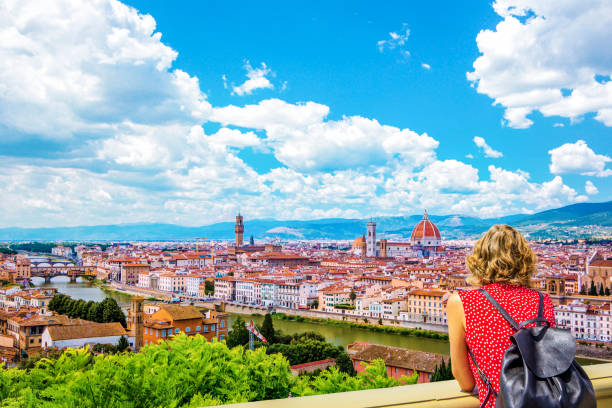
Duomo Santa Maria Del Fiore, Bargello, Ponte Vecchio, Palazzo Vecchio in Florence architecture and landmark, skyline.

Florence, Italy - August 13, 2016: The Loggia dei Lanzi, also called the Loggia della Signoria, is a building on a corner of the Piazza della Signoria in Florence, Italy, adjoining the Uffizi Gallery. It consists of wide arches open to the street. The arches rest on clustered pilasters with Corinthian capitals. The vivacious construction of the Loggia is in stark contrast with the severe architecture of the Palazzo Vecchio. It is effectively an open-air sculpture gallery of antique and Renaissance art. Featured Loggia art 1) On the façade of the Loggia , below the parapet, are trefoils with allegorical figures of the four cardinal virtues (Fortitude, Temperance, Justice and Prudence) by Agnolo Gaddi. Their blue enamelled background is the work of Leonardo, a monk, while the golden stars were painted by Lorenzo de' Bicci. The vault, composed of semicircles, was done by the Florentine Antonio de' Pucci. On the steps of the Loggia are the Medici lions; two Marzoccos, marble statues of lions, heraldic symbols of Florence; that on the right is from Roman times and the one on the left was sculpted by Flaminio Vacca in 1598. 2) Statues Left-Right: far left is the bronze statue of Perseus and Medusa by Benvenuto Cellini. The Rape of Polyxena by Pio Fedi Menelaus supporting the body of Patroclus Hercules beating the Centaur Nesso by Giambologna Rape of the Sabine women by Giambologna 3) Along the back of the Loggia are five marble female statues (three are identified as Matidia, Marciana and Agrippina Minor), Sabines and a statue of a barbarian prisoner Thusnelda from Roman times from the era of Trajan to Hadrian. They were discovered in Rome in 1541. The statues had been in the Medici villa at Rome since 1584 and were brought here by Pietro Leopoldo in 1789. They all have significant, modern restorations. 4) The Medici Lions - Left lion, by Flamino Vacca; Right lion, Roman age sculpture

Florence, Italy - November 7, 2022 : Interior decoration of The Salone dei Cinquecento (Hall of the Five Hundred) in Palazzo Vecchio, Florence, Tuscany, Italy
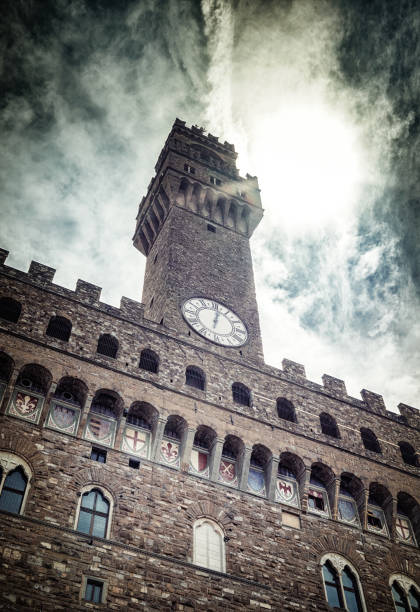
The tower of Palazzo Vecchio, Florence, Italy on stunning dark cloudy sky

Palazzo Vecchio palace and red rooftops from Brunelleschi dome of Duomo Cathedral or Cattedrale di Santa Maria del Fiore, Florence, Italy, aerial view

The famous Old Palace in Signoria's square in Florence (Italy)

OLD PALACE called Palazzo Vecchio in Italian language in Florence city in Italy Europe

Florence (Firenze, Italy. Sunset panorama. Evening view at ancient city. Famous Ponte Vecchio bridge on river Arno scenic clouds and sky. Duomo Santa Maria del Fiore cathedral, Palazzo Tower.

Panorama of Duomo Santa Maria del Fiore cathedral, Bell Tower of Giotto and Palazzo Vecchio Tower in Florence, Italy in a colorful sunset, aerial view

Arch details in the courtyard of Palazzo Vecchio, an historical palace facing Piazza della Signoria in Florence. Tuscany, Italy

New Cathedral or Duomo Nuovo and Old Cathedral or Duomo Vecchio aerial panoramic view in Brescia city in north Italy

The Palatine Chapel, consecrated on Palm Sunday, 28 April, 1140, is inscribed on UNESCO’s World Heritage List. This chapel is the work of Byzantine and Norman artists as well as Islamic artists from Egypt and the Middle East. The chapel itself shows the influence of these various traditions: Eastern and Western Christianity and Islamic courtly art. It has three apses and extensive mosaics covering the wall, typical in Byzantine architecture, as well as recycled classical columns, seen in western Christian churches. The chapel was dedicated to the two most important saints in western Christianity, Saints Peter and Paul, whose lives are illustrated in the side aisles.
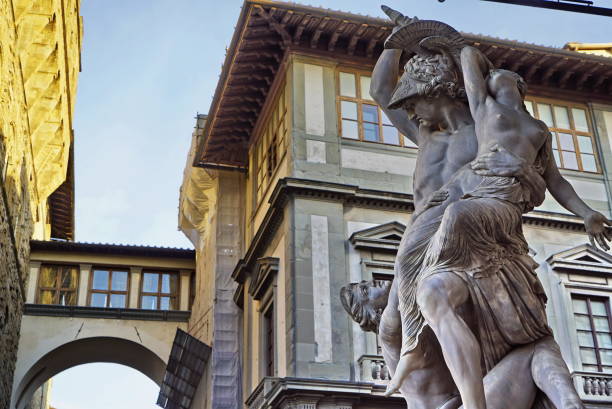
The Rape of Polyxena in Loggia dei Lanzi, Signoria square, Florence, Italy
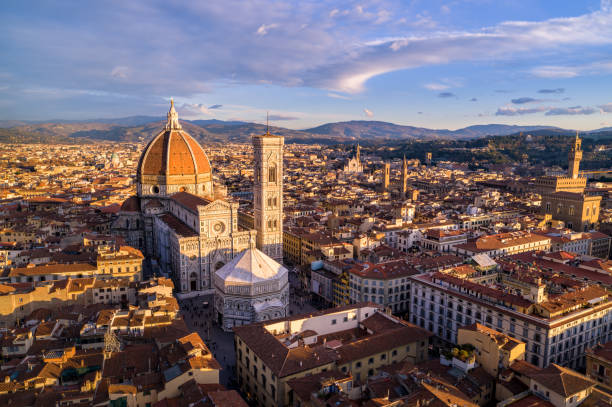
Aerial View of Duomo of Santa Maria del Fiore at Sunset - Firenze - Italy
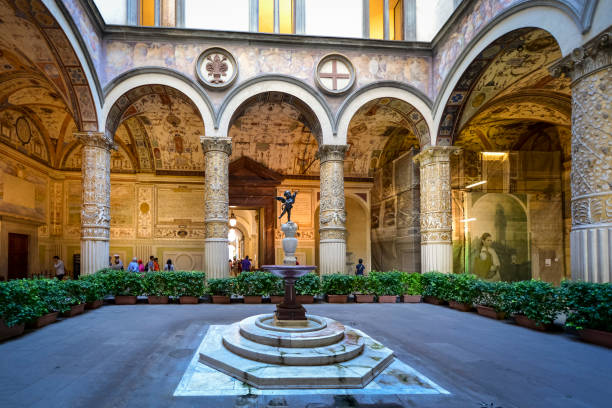
Inner courtyard of Palazzo Vecchio - town hall of Florence, Italy, with antique frescoes and the fountain with the statue of the Putto with dolphin by Andrea del Verrocchio

Blonde tourist wearing a summer hat takes selfie with Palazzo Vecchio tower in Florence, Italy under blue sky
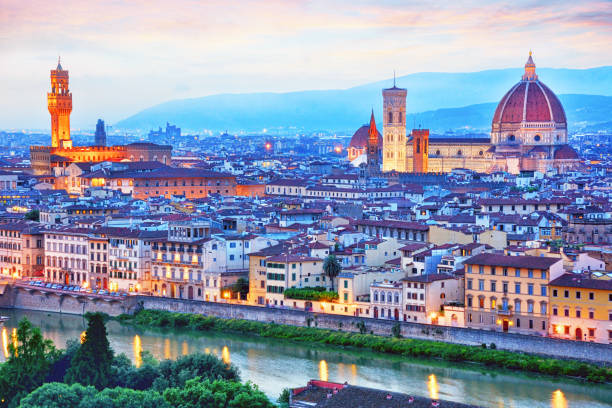
The Duomo (Santa Maria del Fiore) and Palazzo Vecchio, Tuscany, Italy

Aerial view of Florence cityscape and old italian style buildings. High quality photo
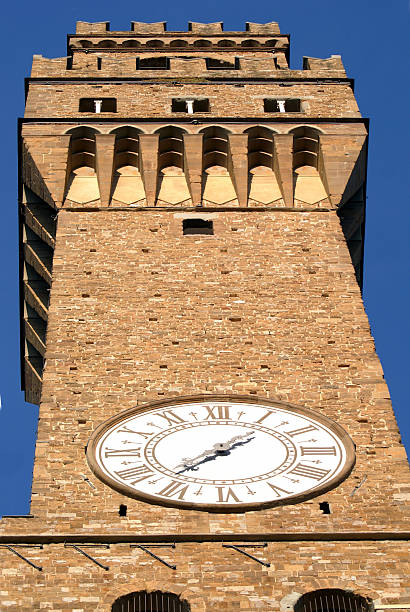
shot of the tower of palazzo vecchio in piazza della signoria in florence.

Vector drawing of Palazzo Vecchio in Florence, Italy. Architecture tourism landmark, travel destination. Hand drawn evening sun silhouette illustration

The ornate courtyard of Palazzo Vecchio in Florence, Italy, adorned with Renaissance frescoes, intricate columns, and classical sculptures. The detailed architecture and artistic embellishments highlight the grandeur of this historic landmark, offering a glimpse into the rich cultural heritage of Florence.

Florence, Italy - June 24, 2018: Panoramic view of interior and arts of Palazzo Vecchio (Old Palace) is the town hall of Florence

Sights of Florence. Italy, Europe. Vector illustration
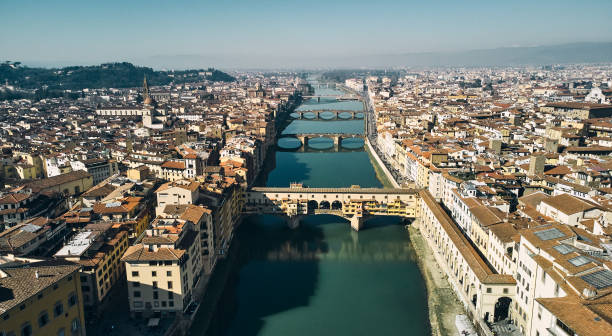
Aerial view of Ponte Vecchio bridge and Arno river in Florence. High quality photo
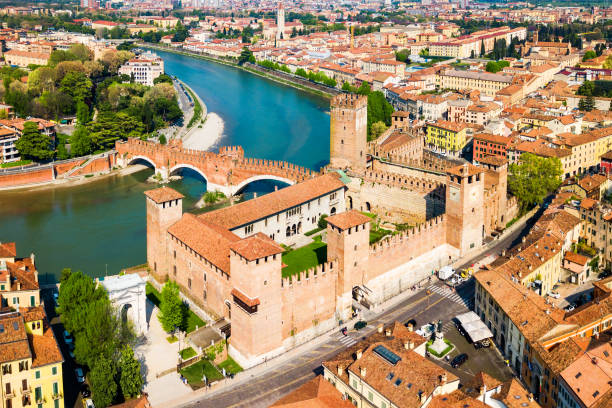
Castelvecchio or Old Castle and Scaligero bridge aerial panoramic view in Verona, Veneto region in Italy

Golden renaissance ceiling pattern in Palazzo Vecchio in Firenze (Florence), Italy. Useful file for your article, flyer and site about interior design, italian architecture and history.

Ponte Vecchio over Arno river in Florence, Italy at beautiful sunset
© 2025 iStockphoto LP. The iStock design is a trademark of iStockphoto LP. Browse millions of high-quality stock photos, illustrations, and videos.
Do Not Sell or Share